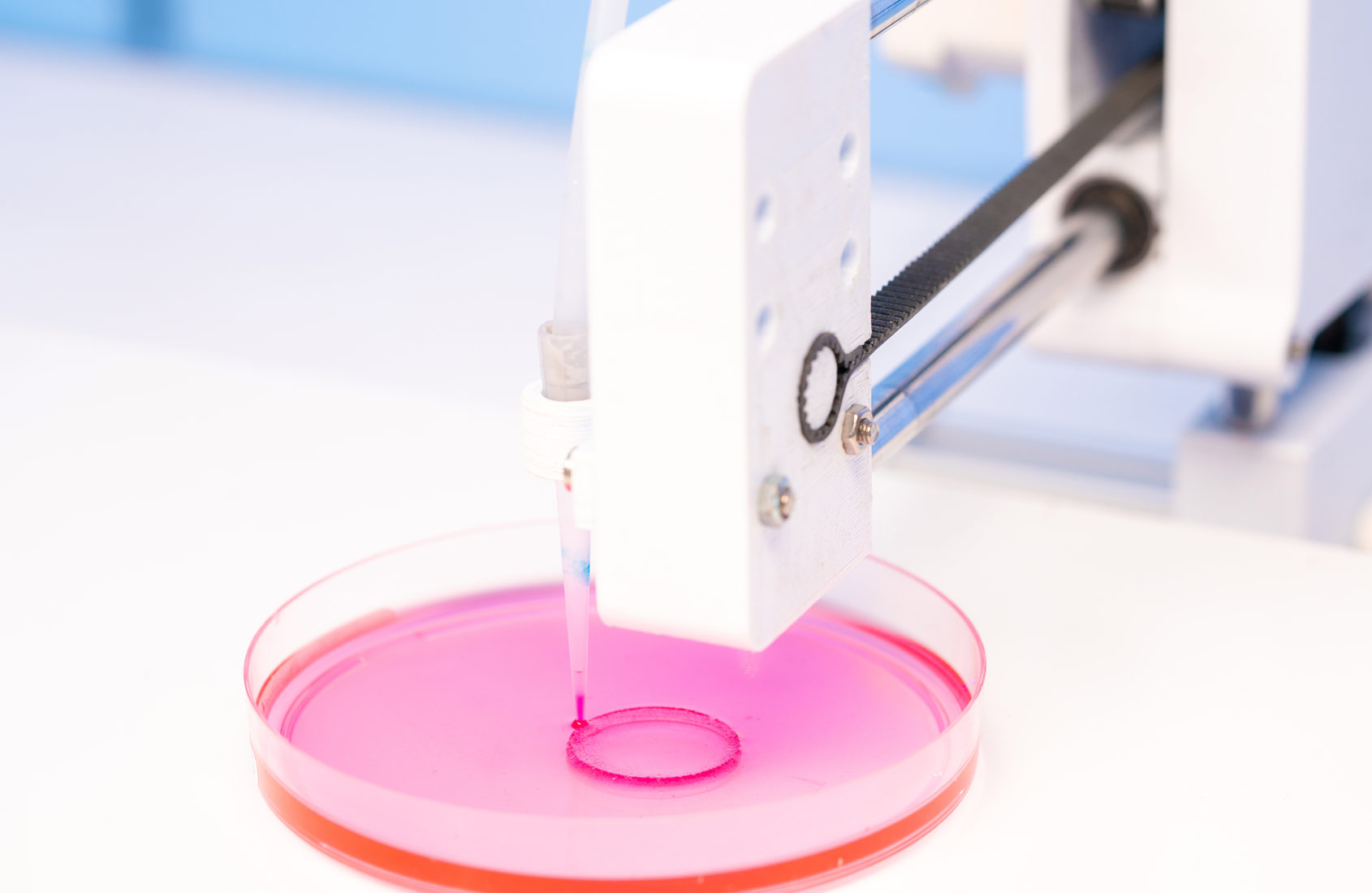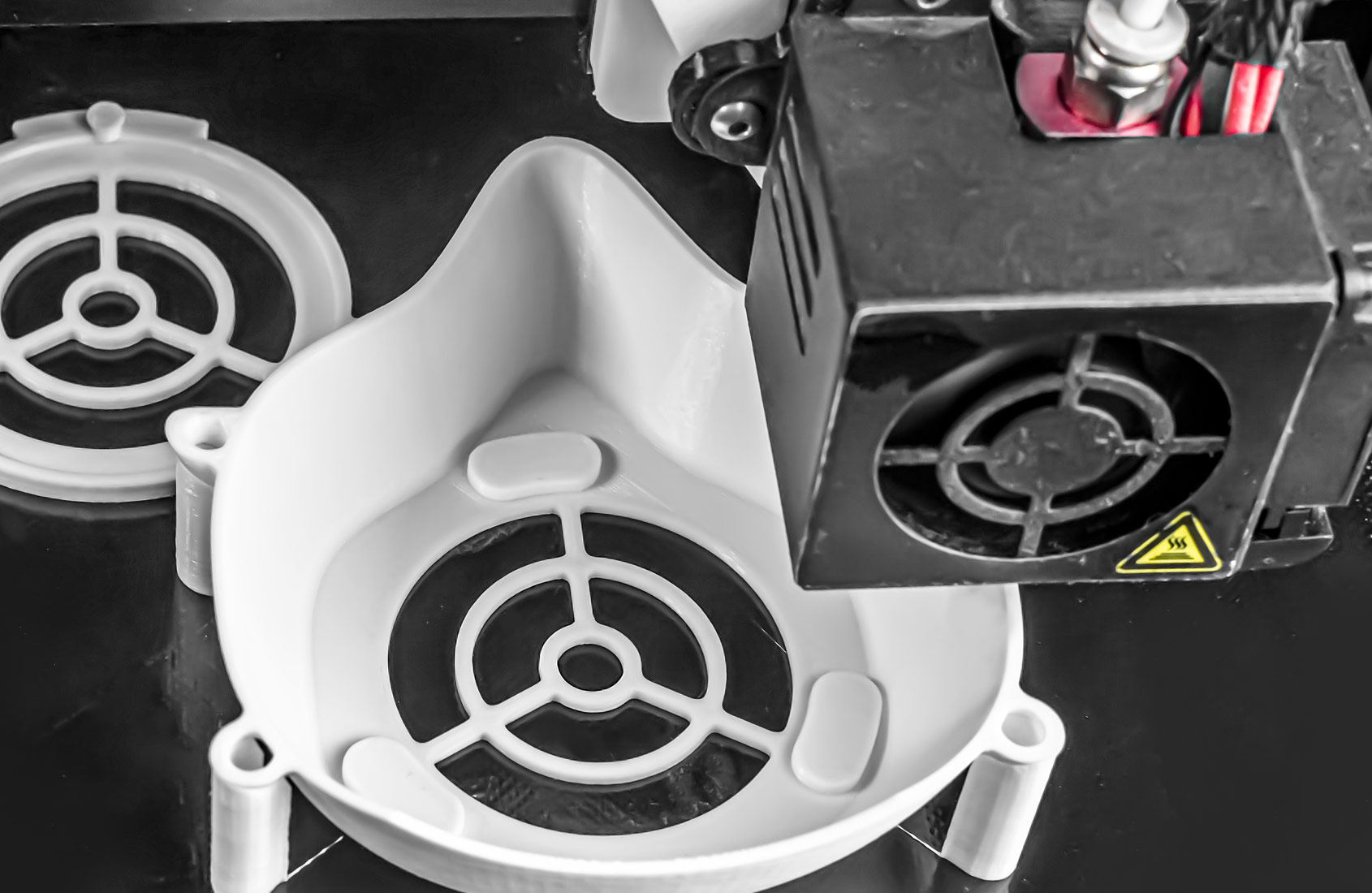A viral video produced by a Chinese tech influencer has dramatically rekindled the public’s interest in 3D printing as millions of people are confined to their homes during the latest Omicron outbreaks across many Chinese cities, scratching their heads for food supplies and entertainment.
On 17 April, Chinese online tech influencer Shijie He, better known as He Tongxue, released a video featuring his experience of installing, customizing, and using various 3D printers. Up to now, the broadcast volume for the video on Bilibili (a popular video-sharing platform mostly for young generations in China) alone has exceeded 8.27 million views. In the video, He Tongxue shared his fascinating and frustrating experience with popular consumer 3D printing equipment in the market, and analyzed the reasons why the current consumer 3D printers are not suitable for home use yet. According to He, affordable consumer 3D printers share flaws such as overheating, expensive filaments, and the lack of practical use for most consumers.
Compared to consumer 3D printing, the niche area of 3D bioprinting is experiencing phenomenal progress in recent years. Even more promising, scientists achieved impressive results in using the technology to develop and produce vaccines, medical equipment, and other treatment for Covid-19 and other infectious diseases.
3D bioprinting is an emerging field that covers a variety of 3D fabrication technology involving biological tissues, organs, and cells for medical and biotechnological applications. The valuation of the global 3D bioprinting market was $771.41 million in 2020 and is expected to reach $1.9 billion in 2025 at a compound annual growth rate of 19.4%, according to 3D Bioprinting Global Market Report 2021: COVID-19 Implications and Growth. This expectation of this rapid growth is because of 3D bioprinting technology’s revolutionary breakthroughs in the healthcare and pharmaceutical industries.
For instance, Chinese scientists from the Chinese Academy of Sciences and Tsinghua University broke through a technical bottleneck in 3D bioprinting technology in April 2022 with a research study published in Bioactive Materials. Based on the characteristics of a six-axis robot whose joints can rotate freely at 360 degrees, the team improved the 3D printer so that it can print cells at any angle in space. The conventional 3D printers print cells layer by layer, which results in an inferior cell function and survival rate due to the lack of organic integration of the cell and vascular network. On the other hand, the newly developed six-axis robot 3D printer and the Oil-Bath-Based Cell Printing approach can ensure the long-term survival of the printed tissues, resulting in the development of cardiac muscle tissue with a capillary network that could survive in vitro with normal functions for more than six months.

Apart from China, other countries in Asia-Pacific, including Japan, India, and South Korea, are as well anticipated to witness the fastest growth in the 3D bioprinting market. This expectation of growth is mainly because of a strong consumer base, the huge opportunity for 3D printing in healthcare services, increasing research and development for 3D printing, constant government support, and tax incentives.
3D printing has also drawn enormous attention and expectation in the fields of medical equipment, implant materials, and cell printing during the COVID-19 pandemic. According to Korean researchers Hee-Gyeong Yi and Hyeonji Kim, the current layer-by-layer construction within 3D bioprinting provides a beneficial approach developing highly biomimetic models for infectious diseases such as COVID-19, offering possibilities for the effective production of vaccines, therapeutics, and relevant treatments. Although there are existing limitations such as limited biomaterials, there is also hope for utilizing the 3D bioprinting method to create personalized organs and scaffold models so that organ damage from COVID-19 can be efficiently treated, replaced, and maintained. Additionally, 3D printing can be used for producing inexpensive, structured, and tailored drug delivery systems for COVID-19 treatments, according to Rance Tino, a researcher at the Royal Melbourne Institute of Technology.

In the battle against COVID-19, 3D printing has played an important role in preventing the spread of infection by producing medical devices, visualization aids, and personal protective equipment such as medial face shields, respirators, and filters. Lately, scientists in Spain have used 3D-printing to produce ventilators, saving patients who are suffering from breathing difficulties. In accordance with the detailed and practical clinical needs, the tailoring of medical accessories such as endotracheal tube clamps has also been made possible thanks to 3D printing. Furthermore, teams from Axial3D and the Belfast Health and Social Care Foundation have also used a 3D-printed lung model to visualize the lung damage caused by COVID-19.
Although faced with the existence of various limitations such as expensive biomaterials and requirements of professional design, 3D printing, especially 3D bioprinting, is enjoying great attention and promising growth during the pandemic. The battle against the virus has made researchers and medical specialists further consider and reflect on the prospects of 3D bioprinting, and this technology is expected to offer better approaches to control infectious diseases and generate more effective treatment in the future.




